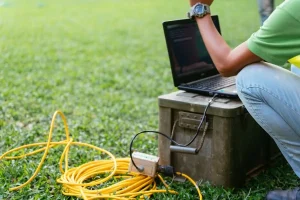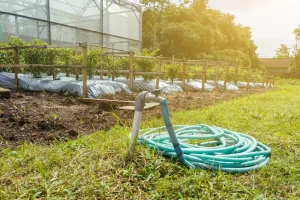What Are Smart Farming Technologies? Smart agriculture technologies provide digital solutions that increase efficiency in production. Furthermore, these systems rely on sensors, satellites, and artificial intelligence. Therefore, they ensure accurate timing and proper resource use. In this case, product quality rises and costs decline. In this way, agriculture becomes more sustainable. Furthermore, real-time data is gathered through soil and air sensors. Therefore, irrigation and fertilization decisions are data-based. This saves both water and energy. In this way, environmental impacts are reduced. Moreover, drones enable precise field monitoring. This allows early detection of diseases and pests. Consequently, spraying becomes more targeted. This lowers chemical use. Furthermore, GPS-guided tractors allow precision planting. This minimizes seed loss and planting errors. Consequently, the production process becomes more planned and efficient.
Table of Contents
- Smart Farming Applications
- Smart Irrigation Systems
- Weather and Soil Sensors
- Automatic Fertilization Systems
- Solar Energy and Energy Management
- Conclusion
- Frequently Asked Questions
Smart Farming Applications
Smart farming applications aim to optimize agricultural production using digital technologies. Furthermore, sensors, drones, and data analysis systems form the basis of these applications. Therefore, data collected from the field is evaluated in real time. In this case, farmers can intervene consciously and in a timely manner. This way, productivity increases and costs decrease. In addition, soil moisture and temperature are measured with sensors. Consequently, irrigation is only performed in areas where it is needed. This prevents water wastage. This ensures sustainable resource management. Moreover, weather data facilitates agricultural planning. This allows early frost risk detection. This minimizes losses. Farmers produce more safely.
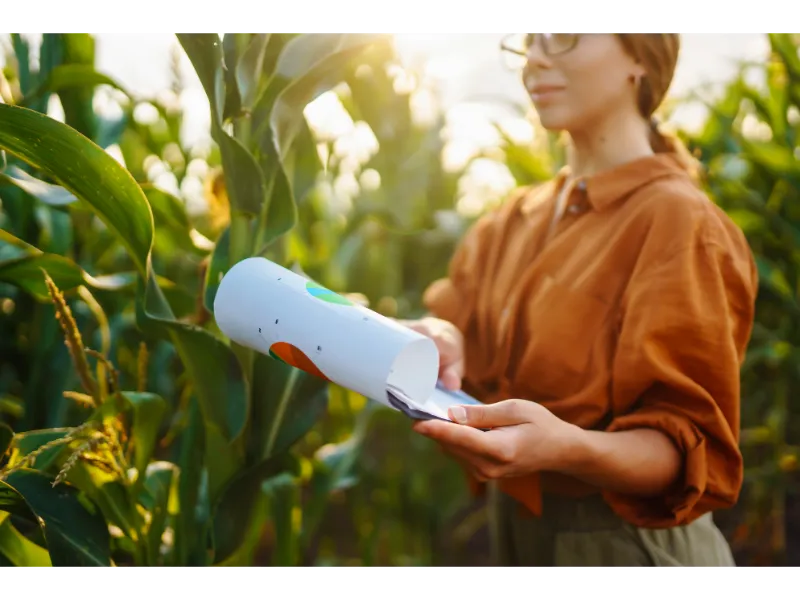
Smart Irrigation Systems
Smart irrigation systems are technological solutions that enable the efficient use of water in agriculture. Furthermore, these systems work in an integrated manner with sensor and automation technologies. Therefore, irrigation is directed only to the areas where it is needed. In this case, water waste is largely prevented. This way, both costs are reduced and productivity increases. Furthermore, real-time data is collected thanks to soil moisture sensors. Therefore, irrigation timing is determined based on scientific data. In this case, plant growth occurs more evenly. This way, product quality improves. Furthermore, the systems can be controlled via mobile applications. Therefore, remote irrigation management is possible. In this case, farmers also save time. This way, human errors are minimized. In addition, systems that integrate with weather data are common. Therefore, automatic irrigation is stopped on rainy days.
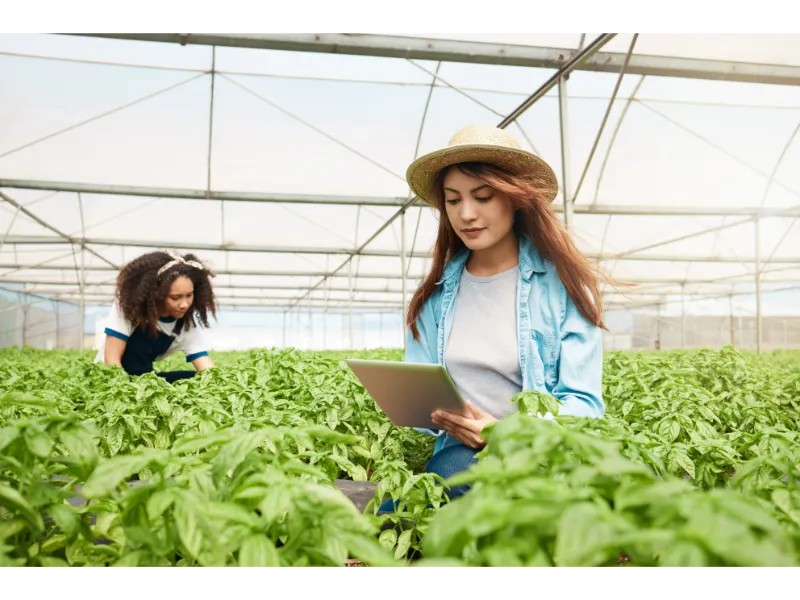
Weather and Soil Sensors
Air and soil sensors facilitate data-driven decision-making in agriculture. Additionally, these sensors provide farmers with real-time environmental information. As a result, irrigation, fertilization, and pesticide application timing are accurately determined. This leads to more efficient resource utilization. In this way, sustainability is achieved in agricultural production. Furthermore, soil moisture and temperature are measured regularly. This clarifies the amount of water that plants need. In this case, water waste is largely prevented. This reduces production costs. Furthermore, data such as air temperature, wind, and humidity are analyzed. This allows for early action against climatic risks. In this case, threats such as frost and drought cause less damage. This minimizes crop losses. In addition, sensor data can be monitored in real-time via mobile applications. This enables remote field monitoring. In this case, farmers save time and labor.
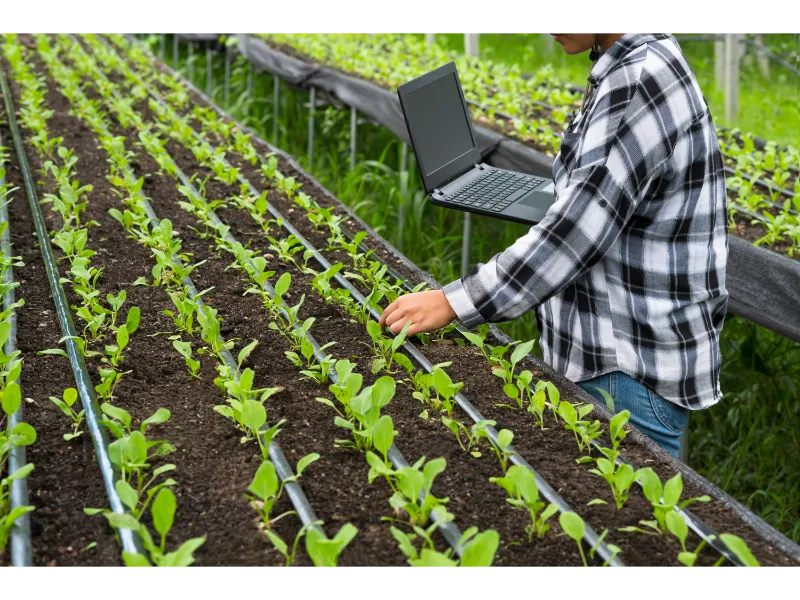
Automatic Fertilization Systems
Automatic fertilization systems are solutions that provide plants with the nutrients they need at the right time. Furthermore, these systems operate based on sensors and data analysis. Therefore, fertilization is carried out according to the plant growth stages. In this case, unnecessary fertilizer use is prevented. This way, both costs are reduced and yield increases. Additionally, the dosage is adjusted according to soil analysis results. Therefore, plants receive balanced nutrition. In this case, the risk of disease also decreases. This way, the chemical residue rate decreases. In addition, the systems can work in conjunction with drip irrigation. Therefore, watering and fertilizing can be done at the same time. In this case, the need for labor decreases. This way, the production process becomes more efficient. In addition, the system can be controlled via mobile applications.
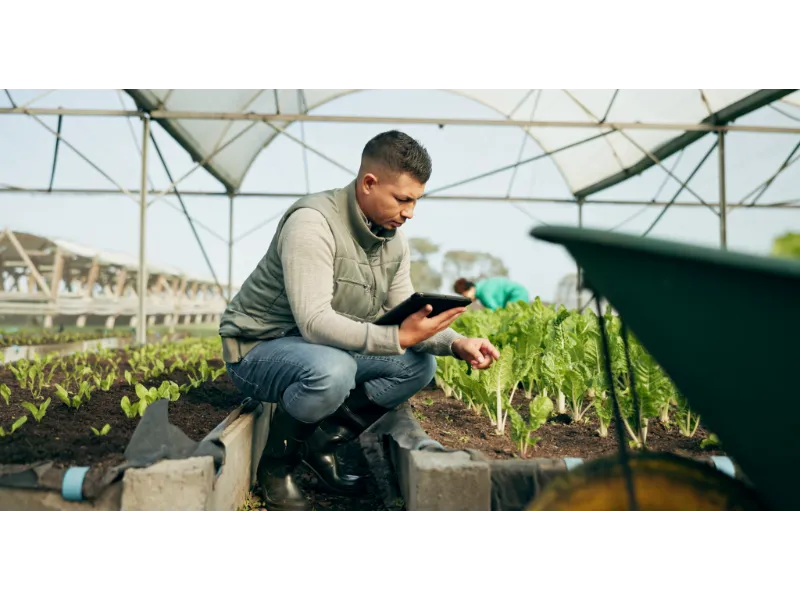
Solar Energy and Energy Management
Solar energy is an important source that meets the need for sustainable energy in agriculture. Furthermore, electricity generation using solar panels is carried out in an environmentally friendly manner. Therefore, fossil fuel consumption decreases and carbon emissions fall. In this case, agricultural activities become more environmentally friendly. In this way, significant savings are achieved in energy costs. Furthermore, solar-powered irrigation systems are becoming more widespread. Consequently, energy independence in agriculture increases. In this case, production in rural areas becomes more sustainable. This way, producers are less affected by energy crises. In addition, smart energy management systems support efficiency. Therefore, a balance between consumption and production is established. In this case, energy waste is prevented. This way, resource use becomes more planned. Furthermore, excess energy can be transferred to the grid. This creates additional income opportunities for farmers. This increases the economic strength of agricultural businesses.

Conclusion
Smart farming technologies are transforming agricultural production into a digital and sustainable structure. In addition, sensors and automated systems facilitate decision-making processes. As a result, resource usage is minimized while productivity is maximized. In this case, production costs decrease and profitability increases. This allows farmers to act in a more planned and conscious manner. Furthermore, energy independence is achieved through solar energy. Consequently, environmentally friendly systems are becoming more widespread. This reduces carbon emissions and protects nature. In this way, the concept of sustainable agriculture is strengthened. Additionally, digital control systems save time and labor. Therefore, farm management can be monitored at all times.
Frequently Asked Questions
What are smart farming technologies? They include sensors, drones, data analysis systems, and automation solutions.
What do smart farming applications do? They increase productivity, optimize resource use, and support sustainable production.
How do smart irrigation systems work? Irrigation is performed automatically based on soil moisture and weather data.
Do smart irrigation systems save water? Yes, they prevent waste by using only the amount of water needed.
What do weather and soil sensors do? They measure climate and soil conditions to support agricultural decisions.
Can these sensors be monitored remotely? Yes, real-time data monitoring is possible via mobile apps.
How do automatic fertilization systems work? Fertilizer is automatically applied in doses determined according to the plant’s needs.
How is solar energy used in agriculture? It is used as an energy source for irrigation, lighting, and other systems.
Does smart farming increase costs? Initial investment may be required, but it reduces costs in the long run.
Why is smart farming important? It is a critical technology for sustainability, efficiency, and environmentally friendly production.





